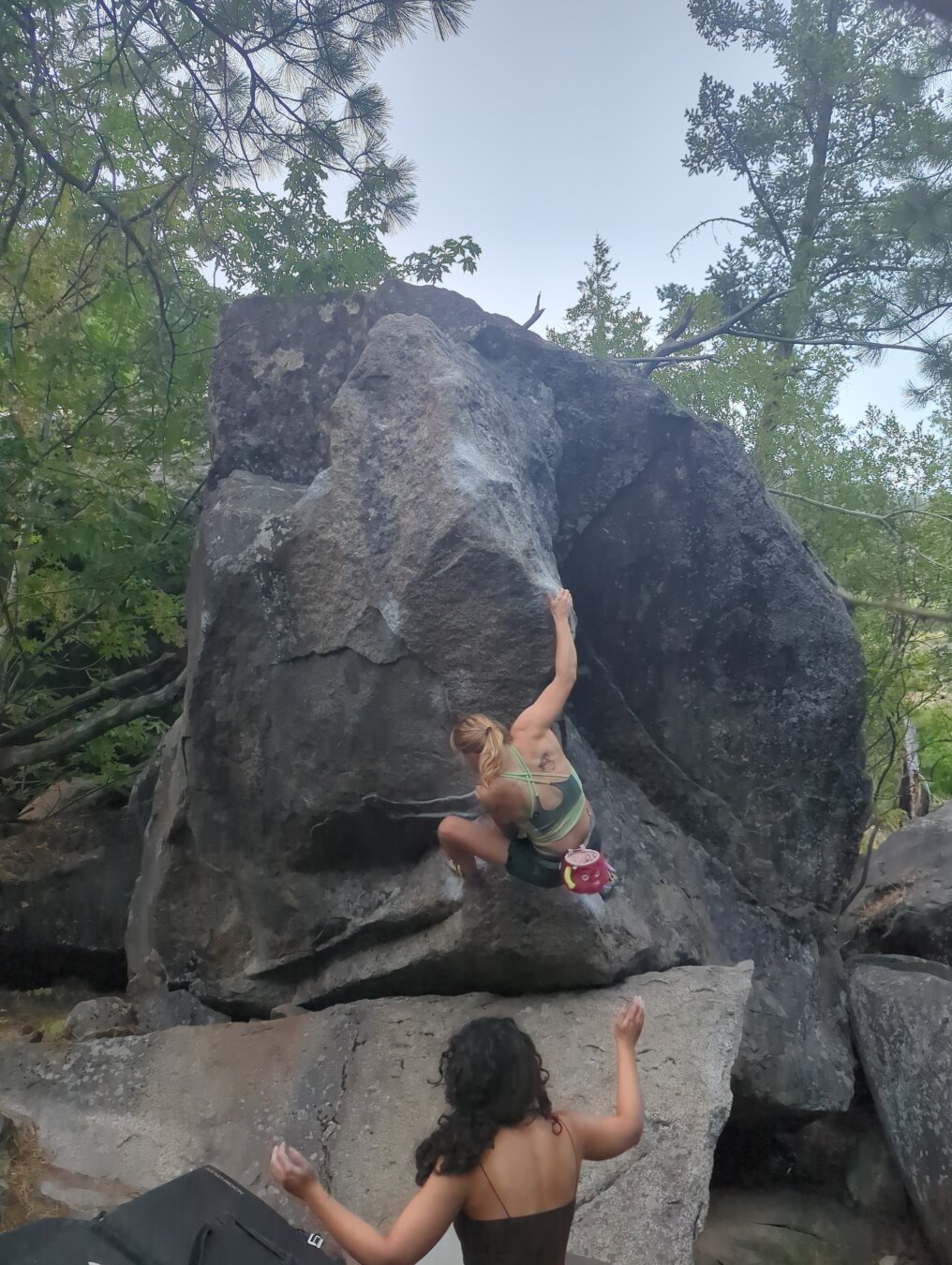Adam Ondra Retries Terranova V16
General News
1
Posts
1
Posters
197
Views
1
Watching
-
Ondra recently joined Jana Švecová for a session on his notoriously difficult first ascent that's yet to see a repeat
The post Adam Ondra Retries Terranova V16 appeared first on Gripped Magazine.

Adam Ondra Retries Terranova V16 - Gripped Magazine
Ondra recently joined Jana Švecová for a session on his notoriously difficult first ascent that's yet to see a repeat

Gripped Magazine (gripped.com)
-
 S Sport Channel shared this topic on
S Sport Channel shared this topic on
